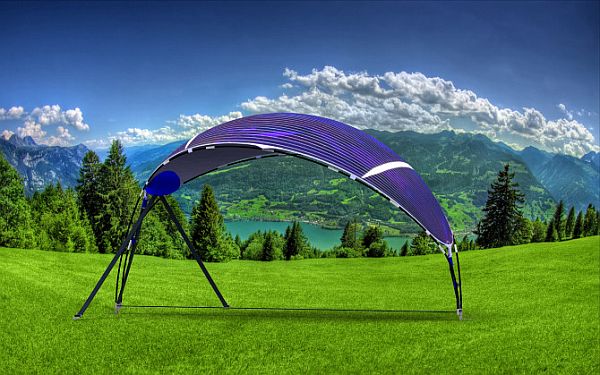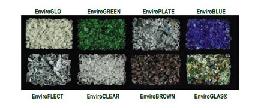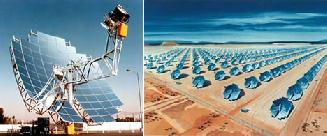
As far as the recent trend of architecture is concerned, there has been a spurt of eco-friendly, low carbon, structural design conceptions. But when a certain section of the general populace faces an unprecedented catastrophe, both natural and man-made, the permanence of such concepts can prove to be futile. Firstly because of the non availability of full fledged effort during emergency situations, and secondly because natural disasters (like earthquakes, tsunamis and floods) tend to severely affect such permanent structures. Hence is the prominence of temporary shelters, as being the fundamental mode of protection for humans from natural elements during adverse scenarios. Well, Bitle Temporary Solar shelter certainly falls under this category, but it will rather notch up a ‘green’ level by providing prolonged period of sustenance for its inhabitants.
Conceptualized by industrial designer Diego Alatorre as a definitive part of sustainable design, the ‘Bitle’ is basically a temporary shelter, which would be incorporated with flexible solar cells for harnessing of clean solar energy. The 1.9 m2 of Sanyo’s photovoltaic flexible cells will form a complete electrical system with an integrated AA battery charger. The charger in turn can be used for a plethora of electronic devices such as mobile phones, tablets, laptops and even emergency lighting. There will also be an automatic orientation mechanism infused in the solar panel section for optimum generation of solar power (enhances efficiency of energy capture by up to 40 percent).
According to the designer:
Bitle can generate up to 360 Wh per day: enough power to charge more than 30 phones, 14 iPods or playing music for over 10 hours.
Moreover, being built from environment friendly materials, the conception can provide yet another sustainable facet to outdoor camping. But in a more conscientious undertone, Bitle has the potentiality to conveniently cater to disaster affected people during emergency scenarios.
Designer: Diego Alatorre




